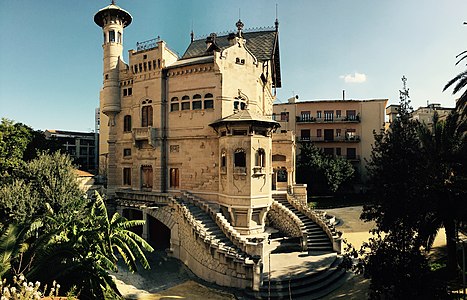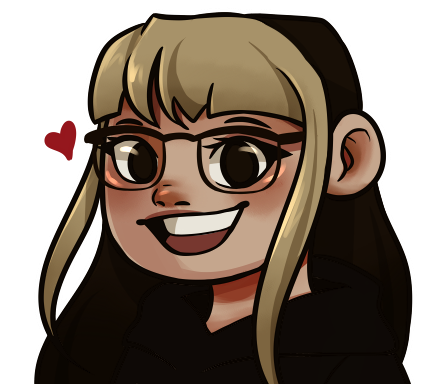
During the lecture, I was quite inspired by the french painter and lithographer, Jules Cheret, known as the father of the modern poster. Seeing his poster designs how he developed a better sense of design as time went by and his posters became more prominent. I was drawn in by his use of typography and direction in his posters, he was able to capture the right moods for various advertisement posters, energetic, elegant etc. Jules Cheret was said to also inspire a German poster artist named Adolfo Hohenstein, an Italian poster designer that is considered the father of Italian poster art.
Play Poster Papa

Hohenstein was originally born of German descent in 1854 growing up in Vienna where he was able to find a passion for art and was able to develop his passion by painting the environment around him. He then settled in Milan in 1879 where in 1889 he decided to pursue poster design when getting approached by a musical publisher named Giulio Ricordi. He eventually became the artistic director where he worked in the studio under Ricordi. He went on to create well known posters for various productions such as Tosca (1900) and Madame Butterfly (1904). He was well known for his attention to detail regarding lighting and strong compositions which included framing and typography that effectively communicated the point of his posters.
The Italian Art Nouveau
During this time as well, a style of Italian architecture formed a movement for itself as the “Italian Art Nouveau”. This style is named the Liberty Style which was similar to the Baroque style. Some identifications for this style include, attention to detail, focus on more sophisticated aesthetics, and movement using continuous lines. The materials most used during this time for architecture were wrought iron and glass. One of the biggest figures for this style was an architect named Ernesto Basilewho created the Villino Florio in Palermo in 1899.

